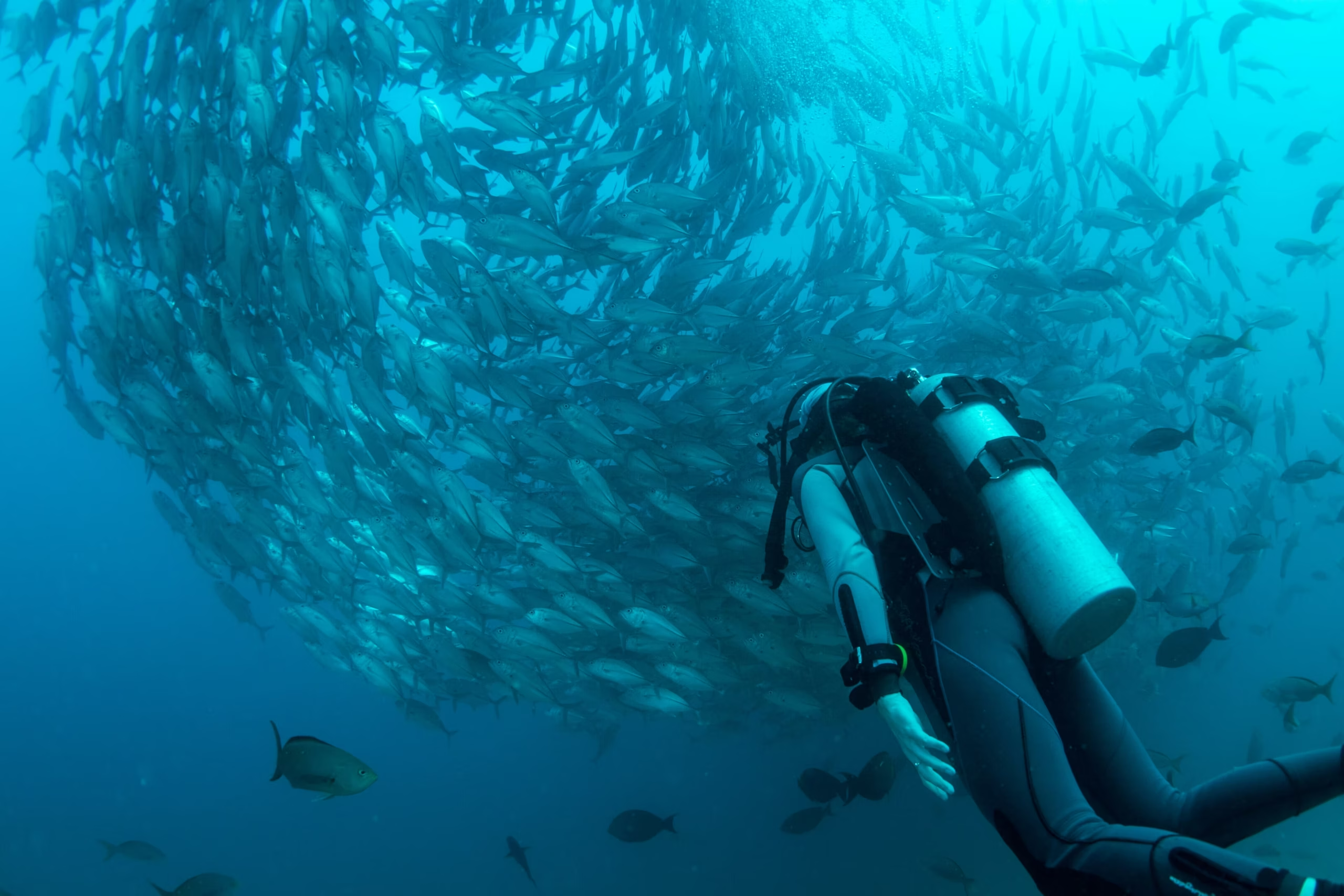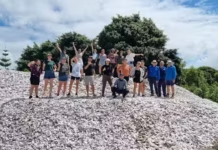Written by: David Elliott
Mexico’s Cabo Pulmo is buzzing with sea life. Sharks, rays, sea turtles and humpback whales are just some of the species that rely on its vibrant coral reefs.
It wasn’t always like this. In the 1990s, the reefs, located next to a small town on the east coast of the Baja California Peninsula and thought to be 20,000 years old, were devastated after decades of overfishing.
But the story of Cabo Pulmo’s reefs doesn’t end there, thanks to the actions of the people who live there.
Today, their community-led efforts to revive their prized marine ecosystem have helped to inspire the concept of Marine Prosperity Areas – a new approach to ocean conservation that aligns marine restoration with human prosperity.
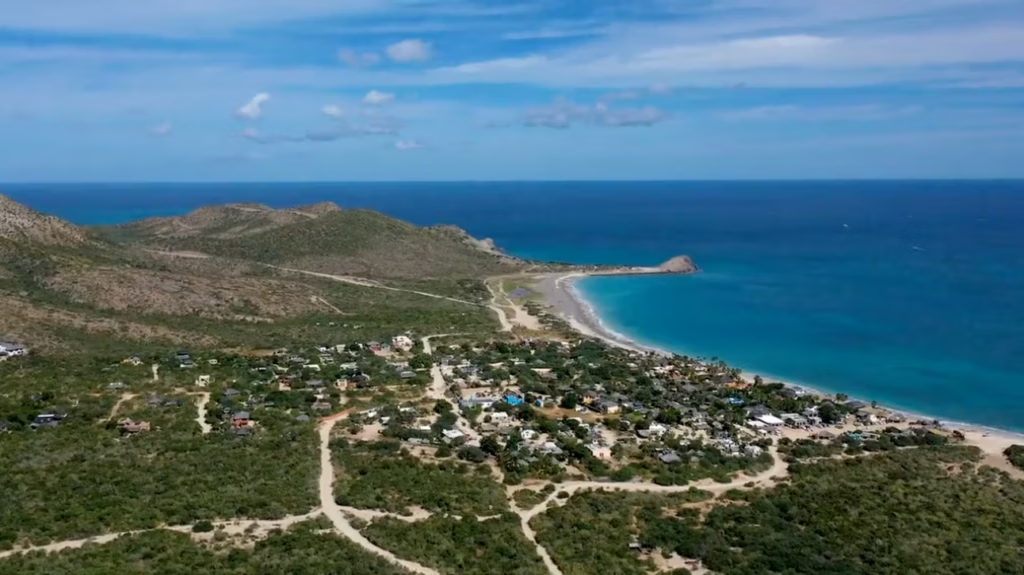
From protection to prosperity
There are many reasons to care about the health of the ocean. It is home to 94 percent of the world’s wildlife, absorbs huge amounts of CO2, and regulates the climate by moving heat around the planet.
With a value estimated at around 3-5 percent of global GDP, it also provides jobs, goods and services around the world. Ensuring that people in ocean communities can reap these benefits is at the heart of the Marine Prosperity Area concept.
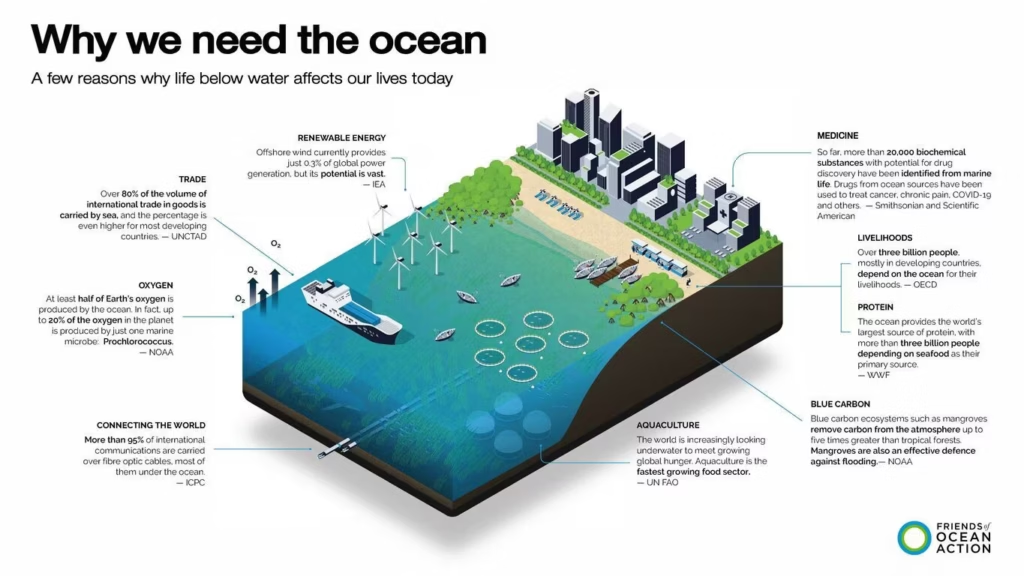
“For decades, we have focused on protecting the ocean because it is important to preserve biodiversity,” says Alfredo Giron, Head of the World Economic Forum’s Ocean Action Agenda and co-author of a recent study from an international team of marine scientists and economists that introduced the idea of Marine Prosperity Areas. “The theory is that this can boost fisheries and create income – however, that doesn’t work all the time.”
Marine Protected Areas – designated areas of the ocean set aside for conservation purposes – have been shown to be a powerful tool for marine ecosystem recovery. But the most successful marine protected areas in the world, Giron says, are those where communities have been involved and wanted to be involved from the beginning – like in Cabo Pulmo.
The power of community conservation
A Marine Prosperity Area is defined as an area in the ocean under area-based conservation measures that “prioritizes social-ecological prosperity, as opposed to passively relying on ecosystem recovery to catalyze social change and economic growth”.
Doing this relies on a series of nine ‘pillars of intervention’:
- Community management
- Community wellbeing
- Strategic alliances
- Conservation leadership
- Strong governance
- Sustainable funding
- Collaborative management
- Effective enforcement
- Continuous monitoring
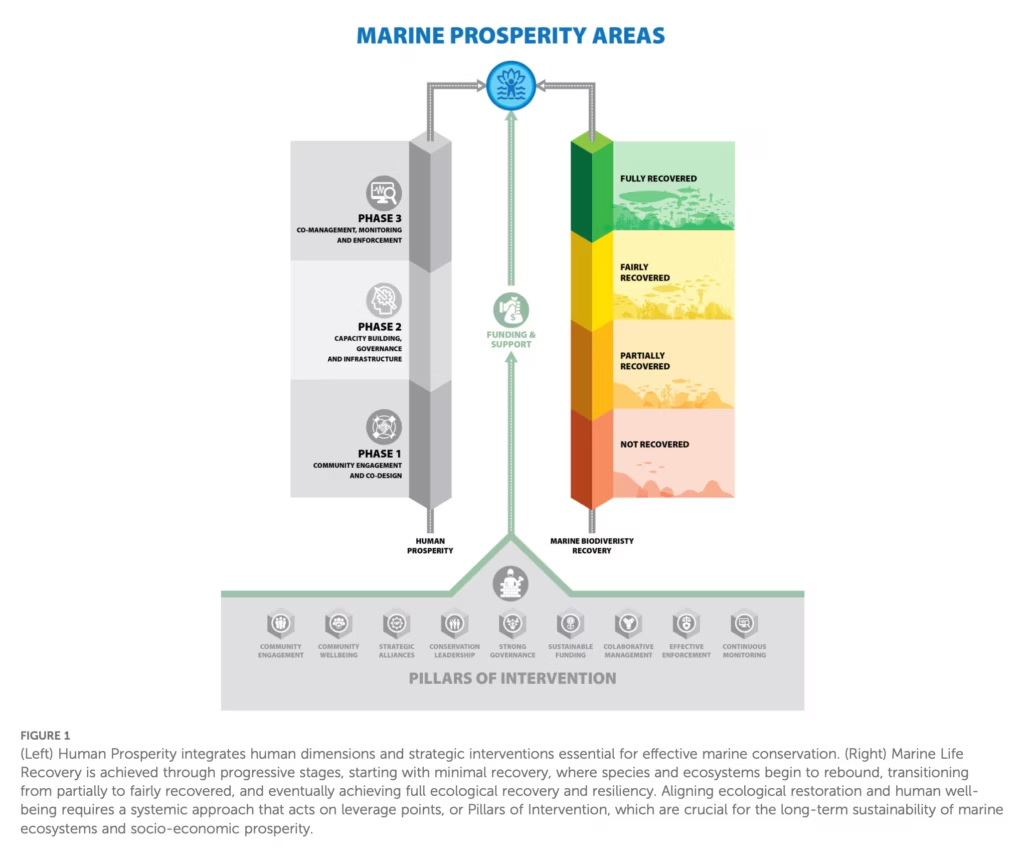
Through its local leadership, active community participation, diverse network of collaborators and more, Cabo Pulmo has met at least six of these nine pillars.
In the early 1990s, a family of fishermen who had lived in Cabo Pulmo for a century realized that they would have to give up their livelihood to save the reef. After gaining the support of the community and other fishers, they lobbied the government and secured protected status, working with scientists to determine the best areas to apply this to.
This established the Cabo Pulmo National Park, a protected area that covers more than 70 square kilometres of reef. When it was founded in 1995, 35 percent of the park was reserved as a no-fishing area. Locals worked to get this increased to 100 percent of the protected area, enforcing the ‘no-take’ zone themselves.
The transformation wasn’t immediate, but after 10 years, fish biomass had increased 463 percent. A decade and a half after the park was created, every group of fish, from small herbivores to mid-sized carnivores and top predators, had returned.

A model to follow
The benefits to the Cabo Pulmo community have been just as impressive, creating an ecotourism sector that brings in almost $8 million a year, according to Giron.
“That is what this is about: prosperity means that you protect but then you also benefit from it,” he says. “We cannot only think about protecting species. That’s extremely important. But we have to think about people, we have to think about benefits to society and the benefits to the economy.”
Despite its conservation success, Cabo Pulmo still faces challenges including demographic shifts as tourism has risen, increased real estate speculation and governance issues such as underfunding.
But it has provided an example for others to follow, including a proposal to create 10 more Marine Prosperity Areas across Mexico by 2030, with huge benefits for the communities around them, Giron says.
“And of course, that’s something that [the Forum’s] Friends of the Ocean network really prioritizes, trying to bring these unique voices – that are all in different places and have different interests – to care about the ocean.”
On the evidence of Cabo Pulmo, collaboration between government, scientists and the local community – that puts communities and their wellbeing front and centre – can create conservation projects that last.
“This is not a dream,” Giron says. “This is not an aspiration – this is happening.”
Header Image Credit: Unsplash/Oleksandr Sushko
Republished with permission from World Economic Forum

